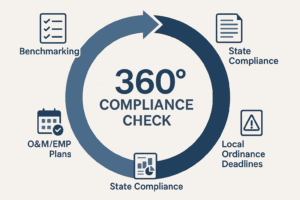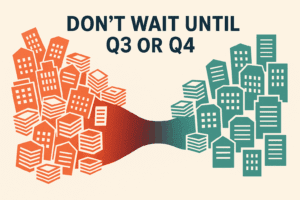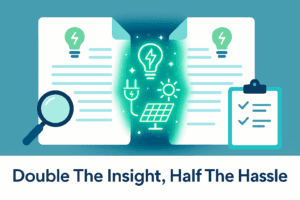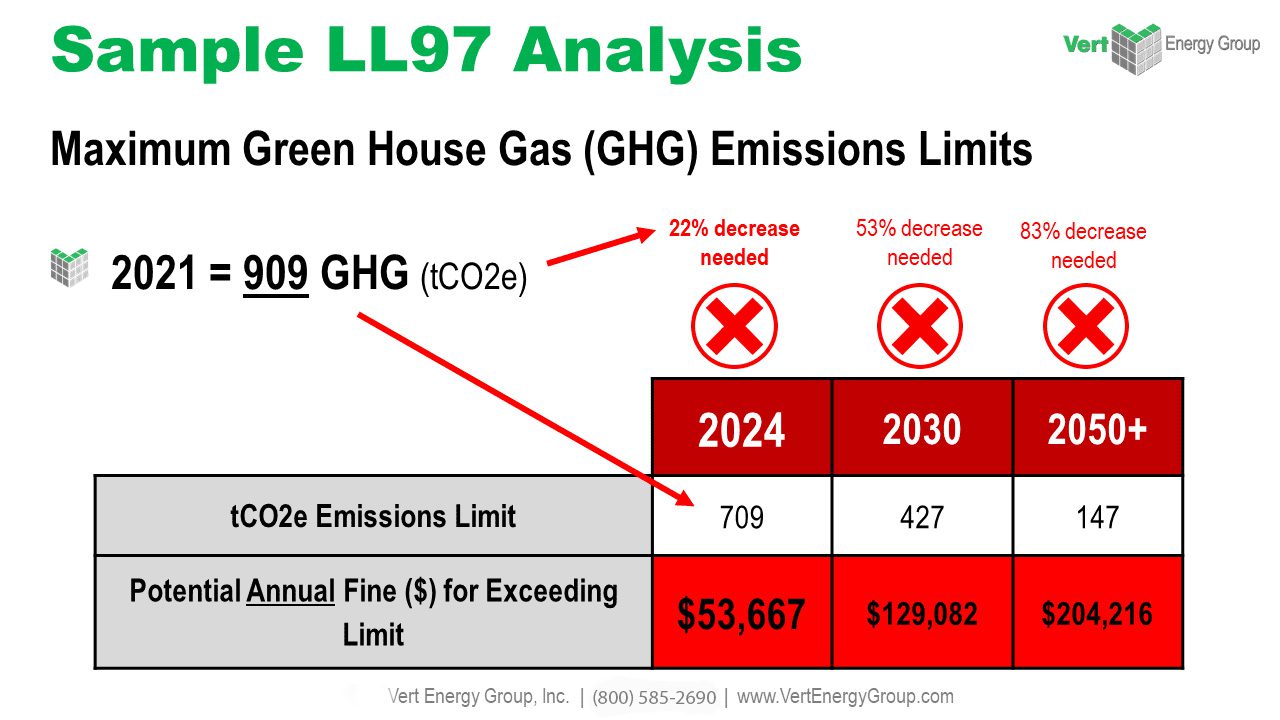Introduction
Whether erecting a towering skyscraper or laying the foundation for a sprawling new suburb, the construction industry is a symphony of orchestrated efforts where precision and timing are everything. However, beneath the hum of machines and the clatter of tools, information flows, and data points converge to form the backbone of any successful construction project. A single misstep in managing this wealth of information can lead to discord and costly disputes that resonate throughout the lifetime of the project and beyond.
Data management in the construction industry has evolved from paper blueprints to digital files, but the need for an organized, centralized approach has never been more pressing. In the era where the margin for error is razor-thin, effective data management is a linchpin for profitability and project success. Centralizing data stands out as a beacon of efficiency amidst the chaos, helping to forestall misunderstandings and the often-inevitable disputes that follow.
The construction sector is a complex, interconnected web of contractors, subcontractors, architects, engineers, and clients. With so many hands shaping a project, the risk of misaligned objectives and miscommunication is high. Centralized data offers a solution by bringing a cohesive structure to the data management process, ensuring that all parties have access to the same accurate, timely information. This transparency is invaluable for avoiding the pitfalls that lead to costly legal battles and project delays.
Part 1: Understanding Centralized Data
Definition and Overview of Centralized Data
Centralized data is a systematic approach to data management where all project-related information is stored in a single, centralized database. This database serves as the single source of truth for the project, facilitating real-time updates and information sharing among stakeholders. Unlike decentralized systems, where data can be stored across different platforms and managed in silos, centralized data ensures that everyone involved in a construction project has access to the same information at the same time.
In contrast to traditional methods, where project details might be spread across various file cabinets, email inboxes, and personal hard drives, a centralized system aggregates all project data into one accessible location. Be it the latest architectural draft, the updated compliance documentation, or up-to-the-minute budgetary figures, centralized data places all this at the fingertips of those who need it.
Importance of Centralized Data in the Construction Industry
The construction industry is inherently data-intensive. Project plans, contracts, change orders, schedules, compliance documents, and communication records are just the tip of the data iceberg. The role of centralized data systems in such an environment cannot be overstated. They serve as the command center for a project, enabling contractors to harness the full potential of the information at their disposal.
Given the intricate web of dependencies in construction projects, the value of a centralized data repository is multi-fold. For starters, it enhances project management by allowing for a comprehensive overview of the project’s status at any point in time. This big-picture perspective is critical for planning and executing complex construction tasks effectively.
Moreover, centralized data facilitates better resource management, from tracking inventory to scheduling manpower. It makes financial management more accurate, which is paramount in an industry where budget overruns are commonplace. Furthermore, when it comes to regulatory compliance—a significant consideration in construction—centralized data systems ensure that all compliance-related documents are updated and readily available for audits and reviews.
Part 2: How Centralized Data Prevents Disputes
Transparency and Accessibility
One of the most significant advantages of centralized data is the transparency it brings to a project. With the entirety of project data stored in a central location, every stakeholder—from the project manager and the foreman to the financier—has access to the pertinent information needed to make informed decisions. This level of transparency is a proactive measure against misunderstandings that can lead to disputes. For instance, when a change order is issued, it is logged into the system, and all affected parties are alerted, ensuring that no one is working from outdated specifications.
Accessibility is another aspect of centralized data that plays a crucial role in maintaining project harmony. In traditional settings, retrieving specific project details could involve a time-consuming search through various files and communication channels. Centralized data eliminates this hassle, as all information is accessible from a single point, often with robust search capabilities. This ease of access not only saves time but also ensures that decisions are made using the most current data, greatly reducing the probability of costly errors and subsequent disputes.
Consistency and Integrity
A centralized data system ensures that all information is consistent across the board. Data entries are standardized, which helps in maintaining a uniform format for all documents and records. This consistency prevents the scenario where different versions of documents circulate among project teams, which can lead to confusion and disputes.
Data integrity, maintained within a centralized system, is a critical deterrent against disputes. A centralized platform provides advanced security features, such as permission settings and encrypted data transmission, which protect against unauthorized changes to critical project data. These features create an environment where data cannot be tampered with, ensuring that any piece of information used as a reference is reliable and accurate. Moreover, with features like audit trails, all changes made to the documents are recorded, making it easy to trace any modifications, thereby further safeguarding against disputes related to data manipulation.
Streamlined Communication
Effective communication is the heartbeat of any construction project. Centralized data systems often come equipped with integrated communication tools, which facilitate the timely and clear exchange of information. When updates are made to the project data, notifications can automatically be sent to relevant parties, ensuring that everyone involved is kept in the loop.
Streamlined communication afforded by centralized data systems means that there are fewer chances for the ‘he said, she said’ scenarios that often lead to disputes. It provides a platform for collaborative problem-solving, allowing teams to address issues as they arise, rather than letting them fester into larger conflicts. Furthermore, the centralized system can serve as a repository for all communications, ensuring that there is a clear record of conversations, directives, and decisions.
Part 3: Implementing Centralized Data System
Requirements for a Centralized Data System
Before implementing a centralized data system, contractors must take stock of their specific needs and the features that will best serve their projects. Any system chosen must be robust in terms of hardware and scalable from a software perspective to accommodate the growth and complexity of future projects. The system should be intuitive for users, facilitating easy adoption and minimizing the learning curve for team members.
The security of the system is another critical consideration. As construction projects involve sensitive commercial information, the centralized data system must include robust security protocols to protect against cyber threats and data breaches. This includes secure login processes, data encryption, and regular security audits.
Steps to Implement a Centralized Data System
The transition to a centralized data system is a process that requires careful planning and execution. The following are key steps in the implementation process:
- Evaluate existing data management practices and identify areas for centralization.
- Choose a centralized data system that aligns with operational requirements—a platform like Procore or Autodesk Construction Cloud are industry leaders in this space.
- Migrate existing data to the new system with an emphasis on data integrity during the transition.
- Train the project team on the new system’s functionalities, emphasizing the benefits and efficiencies gained.
- Establish clear protocols and standard operating procedures for data entry, retrieval, and management.
While transitioning to a centralized data system may initially seem daunting, addressing potential challenges head-on can ease the process. Resistance to change is natural but can be mitigated through comprehensive training and by demonstrating the tangible benefits of the new system. Clear communication about the transition, including its rationale and the expected outcomes, can also foster a smoother adoption.
Part 4: Case Studies

Examining real-world applications of centralized data systems can offer valuable insights into their practical benefits and the role they play in reducing disputes in the construction industry.
Successful Implementations of Centralized Data Systems
One widely publicized case study involves a major construction firm that implemented a centralized project management platform across its projects. Before this system’s adoption, the firm suffered frequent delays and budget overruns due to data mismanagement and ineffective communication. After the transition to a centralized data system, it was reported that the firm saw a remarkable 20% reduction in project delays and a significant decrease in the number of disputes arising from miscommunication or inaccessible information.
Another compelling example comes from a medium-sized contractor specializing in residential construction. The contractor faced challenges managing the various subcontractors involved in their projects, often leading to duplicated efforts and scope creep, which subsequently resulted in disputes. By centralizing their data, the contractor was able to streamline workflows, improve subcontractor coordination, and reduce disputes by providing clear and accessible information to all parties involved.
These case studies illustrate the tangible benefits of centralized data in the construction industry and serve as a testament to its effectiveness in reducing contractual disputes. The systems used in these examples likely incorporated tools like real-time data syncing and reporting, project tracking, budget management, and comprehensive document control—all features that contribute to a coherent and dispute-resistant project environment.
Conclusion
The adoption of centralized data systems is more than just a technological upgrade; it is a strategic decision that can redefine a contractor’s approach to construction project management and dispute resolution. The benefits of such systems are multifold: enhancing transparency, ensuring data consistency and integrity, improving communication, and streamlining project management processes. In an industry where marginal gains can lead to significant competitive advantages, leveraging the power of centralized data is a prudent move for any contractor.
Centralized data approaches empower contractors to anticipate potential issues and address them proactively, thereby avoiding the costly disputes that can derail projects and damage reputations. As we have seen from the case studies, the results speak volumes: fewer delays, reduced legal costs, and more harmonious stakeholder relations. These are the hallmarks of projects executed with foresight and equipped with the right tools for success.
VertPro.com is the go-to hub for contractors dedicated to elevating energy performance upgrades for their clients. Our expansive suite of offerings includes expert Commercial Energy Audits, adept Benchmark Compliance consultation, and expansive Construction Marketplace. At VertPro®, we pride ourselves on delivering cutting-edge SaaS technology solutions that simplify the journey through Energy Benchmarking, and Energy Audits/RCx Plus, all while maintaining full compliance with a myriad of more than 60 Energy Benchmarking and Energy Efficiency Regulations nationwide.
At VertPro.com, we don’t just provide the insights and tools for energy management; we also bridge connections between qualified contractors and our client base, eager to upgrade their buildings. This creates a Marketplace where you can expand your project portfolio, ensuring that you’ll have more opportunities to apply your skills and grow your business.
